Home>Storage Ideas>Living Room Storage>Broken Plan Living Room Ideas: 15 Practical, Sub-divided Spaces
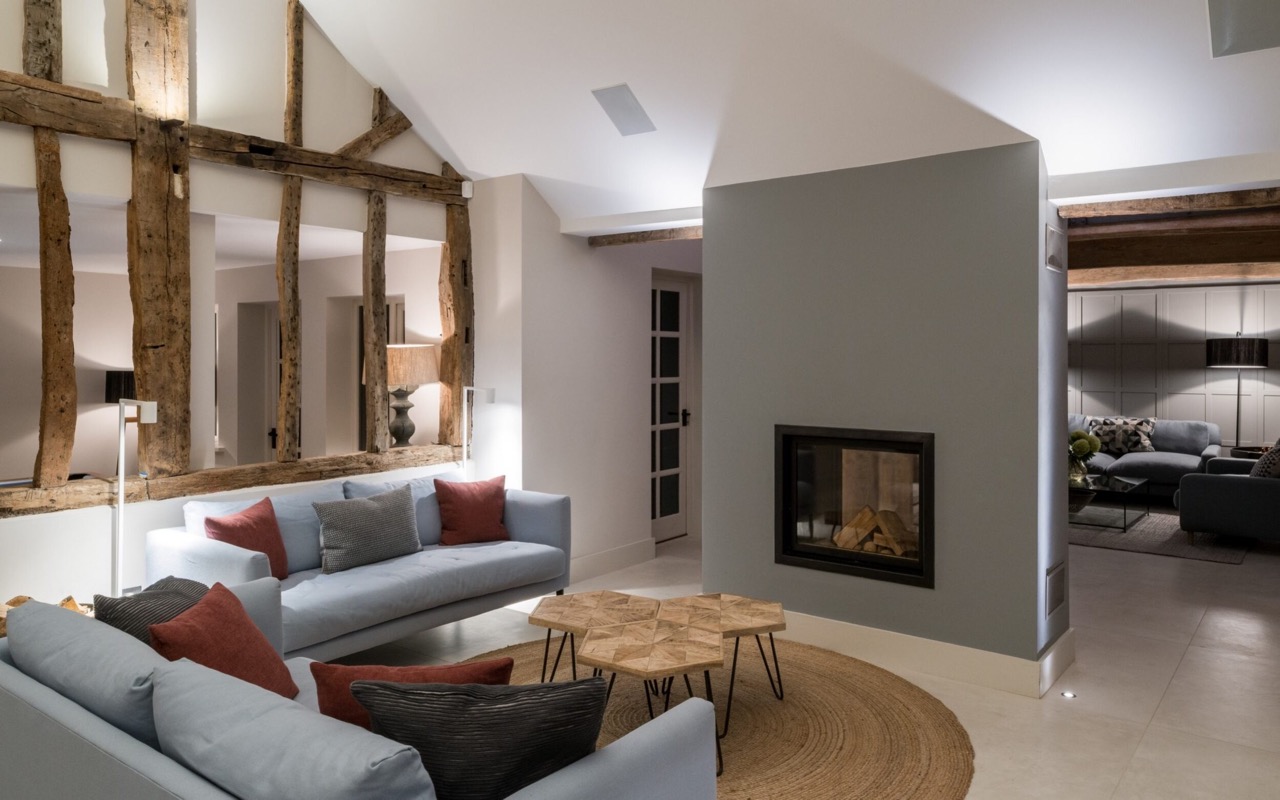

Living Room Storage
Broken Plan Living Room Ideas: 15 Practical, Sub-divided Spaces
Modified: January 19, 2024
Discover 15 practical, sub-divided spaces for broken plan living rooms with our living room storage ideas. Maximize your space and create a stylish, organized environment.
(Many of the links in this article redirect to a specific reviewed product. Your purchase of these products through affiliate links helps to generate commission for Storables.com, at no extra cost. Learn more)
Introduction
Welcome to the world of broken plan living rooms, where practical functionality meets stylish design. Gone are the days of traditional open-concept living rooms that offer little to no privacy or storage options. In today’s fast-paced world, homeowners are seeking versatile spaces that can accommodate their various needs, from relaxation to work, entertainment to storage.
A broken plan living room takes the best of both worlds, creating distinct areas within the room while still maintaining an open and spacious feel. This innovative approach allows for the delineation of different zones, catering to different activities and providing storage solutions.
In this article, we will explore 15 practical and creative ways to subdivide your living room to optimize its functionality while maintaining a cohesive and visually appealing space. Whether you’re looking to create a dedicated workspace, a cozy reading nook, or simply find storage solutions for your belongings, these ideas will inspire you to transform your living room into a versatile and organized haven.
Key Takeaways:
- Create distinct zones in your living room using open shelving, sliding barn doors, and modular furniture to optimize functionality and organization while maintaining a cohesive and visually appealing design.
- Incorporate color blocking, accent walls, and false ceilings to visually separate spaces within your living room, adding vibrancy and personality to each area while maintaining a harmonious overall design.
Read more: How To Divide Living Room
Open Shelving as Room Divider
One of the most versatile and stylish ways to divide your living room is by using open shelving. Not only does it create a visual distinction between different areas, but it also provides ample storage space for your belongings.
Install a row of open shelves perpendicular to the wall to create a defined division between the living area and other zones. You can use these shelves to display books, decorative items, and even incorporate storage baskets to keep things organized.
The advantage of using open shelves is that they allow light to pass through, maintaining an open and airy atmosphere. Additionally, they provide a sense of depth and can be used to showcase your personal style and creativity through curated displays.
To optimize the functionality of open shelving as a room divider, you can use it to house practical items such as a media center on one side and a home office setup on the other. This way, you can maximize space efficiency while creating distinct functional zones within your living room.
When choosing open shelving units, consider their height and depth to ensure they provide adequate privacy and visual separation. You can also play with different styles and materials to match the overall aesthetic of your living room.
Overall, using open shelving as a room divider not only adds functionality and storage but also serves as a stylish design element that enhances the overall ambiance of your living room.
Sliding Barn Doors for Privacy
If you’re seeking a more substantial way to divide your living room and create a private and separate space, consider installing sliding barn doors. These rustic and stylish doors add a touch of charm while providing much-needed privacy when needed.
Sliding barn doors are popular for their versatility and space-saving qualities. They can be easily installed on a track system that allows them to slide open and close, making them a perfect choice for smaller living rooms or those with limited wall space.
One of the advantages of sliding barn doors is that they can be customized to suit your preferred level of privacy. You can choose from various designs, finishes, and even add frosted or patterned glass inserts to allow light to pass through while maintaining a sense of enclosure.
Sliding barn doors also offer the flexibility to open up or close off different areas of the living room as needed. When fully opened, they can blend seamlessly with the surrounding walls, creating a unified space. And when closed, they serve as a stunning focal point and effectively block off noise and visual distractions.
In addition to their functionality, sliding barn doors add a unique aesthetic to your living room. They bring a rustic, farmhouse-inspired element that can complement a wide range of interior styles. Whether you prefer a traditional wooden door or a more modern interpretation with sleek metal hardware, sliding barn doors can elevate the design of your living room.
Overall, sliding barn doors are an excellent option for adding privacy and character to your living room. They offer a practical solution for dividing the space while infusing a touch of rustic charm and enhancing the overall visual appeal of your home.
Folding Screens for Style and Function
Folding screens, also known as room dividers or privacy screens, are a versatile and stylish way to divide your living room while adding a touch of elegance and functionality. These movable screens come in a variety of styles, materials, and sizes to suit your personal taste and needs.
One of the advantages of folding screens is their flexibility. They can easily be folded or unfolded, allowing you to create different configurations or adjust the space as required. This makes them an ideal choice for those who want to have the option to open up or close off specific areas of the living room.
When choosing a folding screen, consider the material and design that will best complement your existing decor. Options range from natural materials like wood or bamboo, to fabric or metal screens with intricate patterns or artwork. The possibilities are endless!
In addition to their function as room dividers, folding screens can also serve as decorative accents in your living room. They can add texture, color, and visual interest to the space while acting as a backdrop for other furniture and decor elements.
To maximize their functionality, some folding screens come with built-in shelves or storage compartments. This allows you to not only divide the room but also utilize the screen as additional storage space for books, plants, or other small items.
Whether you prefer a traditional or contemporary look, folding screens offer a stylish and practical solution for dividing your living room. They can be easily moved or rearranged, making them a versatile choice that adapts to your changing needs over time.
So, if you’re looking for a functional and aesthetically pleasing way to divide your living room, consider incorporating folding screens. They offer style, flexibility, and the ability to transform your space into distinct sections while maintaining an overall cohesive design.
Glass Partitions for Natural Light
If you want to create divisions in your living room while maintaining an open and airy feel, glass partitions are an excellent choice. Glass allows natural light to flow freely throughout the space, creating a bright and inviting atmosphere.
With glass partitions, you can visually separate different zones in your living room without creating a sense of enclosure. This is especially beneficial if you have a smaller or darker living room and want to maximize the natural light available. The transparency of the glass partitions keeps the space feeling spacious and connected.
There are various types of glass partitions to choose from, including frosted glass, clear glass, or even decorative glass with patterns or textures. Frosted glass offers a level of privacy while still allowing light to pass through. Clear glass provides an unobstructed view and maintains a seamless flow between different areas.
In addition to their aesthetic appeal and lighting benefits, glass partitions also have the advantage of being easy to clean and maintain. They can be wiped down with a glass cleaner to keep them looking pristine.
When incorporating glass partitions into your living room, it’s important to consider the positioning and size. You can choose to have floor-to-ceiling glass walls or opt for partial partitions that reach a certain height. This choice will depend on the level of privacy you desire and the overall layout of your living room.
For a cohesive and modern look, you can pair glass partitions with sleek metal frames or hardware. This adds a contemporary touch to your living room while maintaining a light and airy atmosphere.
Overall, glass partitions offer a stylish and practical solution for dividing your living room while maximizing natural light. They create a sense of openness and connection while delineating different functional areas. So, if you want to create divisions without sacrificing brightness, consider incorporating glass partitions into your living room design.
Area Rugs to Define Spaces
Area rugs are not only a decorative element but also a powerful tool to define different spaces within your living room. By strategically placing area rugs, you can visually separate different zones and create a sense of purpose for each area.
The first step in using area rugs to divide your living room is to determine the specific zones you want to create. This could include a seating area, a dining area, a workspace, or a reading nook. Once you have identified the zones, you can select appropriately sized rugs to define each space.
A larger rug can anchor the main seating area, while smaller rugs can be used to delineate other zones. Make sure the rugs extend beyond the furniture arrangement, creating a cohesive and defined area. This will help visually separate the spaces and give each zone its own identity.
When choosing area rugs, consider their design, color, and texture. These elements should complement the overall aesthetic of your living room while also differentiating the various zones. You can opt for contrasting patterns or colors to create a visual distinction between areas.
In addition to their visual impact, area rugs also provide comfort and sound absorption underfoot. This is particularly beneficial in larger living rooms where different activities could be taking place simultaneously. The rugs help to dampen noise and create a more intimate and cozy atmosphere within each designated space.
Keep in mind that the choice of area rugs is not limited to traditional rectangular shapes. You can explore various shapes like round or oval rugs to add visual interest and create a unique division within your living room.
By using area rugs to define spaces, you not only organize your living room but also create a cohesive and inviting atmosphere. This simple yet effective technique allows for versatility and flexibility in arranging your furniture while adding a touch of style to your overall design.
So, harness the power of area rugs to delineate different zones and enhance the functionality of your living room. Let your creativity flow as you select rugs that complement your style and create distinct spaces that cater to your various needs.
Built-in Bookcases for Organization
If you’re looking to create both division and storage solutions in your living room, built-in bookcases are a fantastic option. These custom-made shelves not only provide structure and definition but also offer ample space for organizing books, decorative items, and other belongings.
Built-in bookcases can be strategically placed to separate different areas of your living room while serving as functional storage units. They can be designed to reach from floor to ceiling, maximizing vertical space and creating a visually striking statement piece.
When designing your built-in bookcases, consider incorporating adjustable shelves to accommodate varying sizes of books and decor. This allows for flexibility and the ability to reconfigure the shelves as your storage needs change over time.
Not only do built-in bookcases provide an opportunity for organization, but they also offer a chance to showcase your personal style. You can arrange books and decorative items in a visually pleasing manner, adding depth and character to your living room.
In addition, built-in bookcases can incorporate additional features such as built-in lighting to highlight certain objects or create a cozy reading nook. By integrating functionality and aesthetics, these bookcases become a focal point of your living room design.
Furthermore, built-in bookcases can serve as room dividers by positioning them at the desired locations. This enables you to maintain an open feel while creating a visual partition. The open design of the bookshelves allows light to pass through, ensuring that the space feels airy and connected.
By implementing built-in bookcases, you not only enhance the organization and functionality of your living room but also create a stylish and seamless incorporation of storage into your overall design. They offer the perfect blend of division and practicality, while adding character and charm to your space.
So, if you’re seeking a clever way to divide your living room and keep it organized, consider the beauty and versatility of built-in bookcases. With these custom storage units, you can create distinct areas within your living room while showcasing your favorite literature and decor items.
Modular Furniture for Flexibility
When it comes to dividing your living room into functional zones, it’s hard to beat the versatility of modular furniture. Modular furniture refers to pieces that can be customized and rearranged to suit your evolving needs, offering flexibility and adaptability in your living space.
Modular furniture comes in various forms, such as modular sofas, tables, and storage units. These pieces are designed with detachable or interchangeable components, allowing you to create different configurations to suit different activities and arrangements.
One of the advantages of modular furniture is its ability to adapt to your specific needs as they change over time. If you need more seating for entertaining guests, you can easily add extra modules to your modular sofa. If you want a larger workspace for a home office, you can expand your modular desk by adding additional sections.
Modular furniture also offers a unique opportunity to create divisions within your living room. For example, you can arrange modular seating units to create a separate conversation area or divide the space between a lounge area and a dining area.
In addition to their flexibility, modular furniture pieces often provide additional storage solutions. Many modular sofas have built-in compartments or hidden storage space underneath the seats, allowing you to keep your living room clutter-free. Modular storage units can be combined and customized to fit your specific storage needs, from books and media to toys and personal belongings.
Another benefit of modular furniture is its modern and sleek design aesthetic. These furniture pieces often feature clean lines and minimalist designs, making them both functional and visually appealing. You can choose from a wide range of styles, colors, and materials to match your overall living room decor.
Whether you have a small living room or a spacious one, modular furniture offers the freedom to design your space in a way that suits your lifestyle and preferences. Its adaptability ensures that your living room can evolve with your changing needs without the hassle of buying new furniture.
So, if you’re looking for a practical and flexible way to divide your living room, consider incorporating modular furniture. It offers the perfect balance between functionality and style, allowing you to create distinct zones while maintaining a cohesive and adaptable living space.
Half Walls for Visual Division
If you’re looking for a more permanent way to divide your living room while maintaining an open feel, consider incorporating half walls. These partial-height walls provide a visual division between different areas without completely closing off the space.
Half walls, also known as pony walls or knee walls, can be constructed at various heights to suit your desired level of privacy and visual separation. They can range from waist-high to reach just below eye level, creating a subtle barrier between different functional zones.
One of the advantages of using half walls is that they allow for better airflow and light diffusion compared to full-height walls. This ensures that your living room maintains an open and spacious atmosphere while still providing some level of separation.
Half walls can be crafted from a variety of materials, including wood, glass, or even metal. The choice of material can be influenced by the overall aesthetic of your living room and the desired level of visibility. For example, a glass half wall can provide a transparent division while allowing natural light to flow through.
In addition to their visual division, half walls can also serve a functional purpose. You can integrate built-in storage cabinets or shelves into the wall structure, providing a practical solution for organizing and displaying items.
When incorporating half walls into your living room, it’s important to consider the overall layout and flow of the space. You want to ensure that the walls are strategically placed to optimize the functionality and accessibility of each zone.
To enhance the design impact of half walls, consider adding architectural details such as molding or decorative trim. This can elevate the visual appeal of the walls and tie them in with the overall style of your living room.
Overall, half walls offer an effective way to visually divide your living room while maintaining an open and spacious feel. They provide a sense of structure and organization without completely closing off the space, allowing for seamless movement and interaction within different areas.
So, if you’re seeking a permanent and visually appealing way to divide your living room, consider incorporating half walls. They offer a stylish and functional solution that adds character and division to your space while maintaining an open and interconnected atmosphere.
When designing a broken plan living room, consider using furniture and room dividers to create distinct zones for different activities, such as a reading nook, a play area, or a home office. This will help to maintain an open feel while still providing functional spaces.
Statement Lighting to Differentiate Areas
Lighting plays a crucial role in dividing spaces within your living room and creating a distinct ambiance for each area. Using statement lighting fixtures strategically can help to differentiate zones and add a stylish element to your overall design.
Start by considering the different functional areas in your living room that you want to define. This could be a seating area, a dining space, a reading nook, or a workspace. Once you have identified these zones, you can choose statement lighting fixtures that not only provide adequate illumination but also serve as a focal point.
For the seating area, consider hanging a stunning chandelier or pendant light directly above the main seating arrangement. This not only creates a visual separation from other zones but also adds a touch of elegance and sophistication. Choose a light fixture that complements your living room’s style, whether it’s modern, industrial, or traditional.
In the dining area, a striking pendant light or a statement chandelier hanging above the table can create a defined space for meals and gatherings. Opt for a design that suits the size and shape of your dining table and complements the overall aesthetic of your living room.
In a reading nook or a workspace, task lighting is essential. Consider a floor lamp or a table lamp specifically designed for reading or working. These focused light sources not only provide ample illumination but also visually separate the area from the rest of the living room.
Another approach to differentiate areas using lighting is to incorporate wall sconces or recessed lighting. These fixtures can be strategically placed to highlight specific architectural features or accent walls, adding depth and visual interest to different zones.
Remember to consider the overall lighting plan for your living room and ensure a balance between ambient, task, and accent lighting. The combination of these lighting layers creates a cohesive and well-lit space while differentiating areas within the room.
Additionally, consider dimmer switches for your statement lighting fixtures. This allows you to adjust the brightness and mood of each area, providing versatility and flexibility as needed.
By using statement lighting fixtures to differentiate areas, you not only create visual divisions but also enhance the overall ambiance of your living room. The right lighting choices can transform your space into a multi-functional and inviting environment.
So, explore different statement lighting options and choose fixtures that add personality, style, and functionality to each area of your living room. With the right lighting, you can create distinct zones and set the mood for various activities within your living space.
Curtains and Drapes as Dividers
If you’re looking for a versatile and customizable way to divide your living room, curtains and drapes can be an excellent solution. These window treatments not only provide privacy and light control but also serve as stylish dividers between different areas.
Curtains and drapes come in a wide range of fabrics, colors, patterns, and textures, allowing you to choose a design that complements your living room decor. They can be used to create a sense of separation while adding visual interest and softness to your space.
When using curtains and drapes as dividers, consider the length and width of the fabric to ensure adequate coverage. You can install curtain rods or tracks across the desired areas, allowing the curtains to be fully closed for privacy or partially open to create a partial division.
In addition to their functional aspect, curtains and drapes also offer the advantage of being easily adjustable. You can simply open or close the curtains to change the layout of your living room or create varying levels of privacy, depending on your needs.
If you want to maximize light and maintain an open feel, sheer curtains or lightweight fabrics can be used. These provide a subtle division while allowing natural light to filter through, creating a bright and airy atmosphere.
For a more dramatic and defined division, consider using heavier curtains or drapes. These can provide a solid visual barrier between different zones, helping to create a sense of intimacy and privacy when desired.
Additionally, curtains and drapes can be used to enhance the overall design aesthetic of your living room. You can choose bold colors or patterns to make a statement, or opt for neutral tones to create a more cohesive and understated look. The choice is yours!
Moreover, curtains and drapes offer the flexibility to easily change the look and mood of your living room. You can swap out different styles or colors seasonally or whenever you feel like refreshing your space.
So, if you’re seeking a versatile and stylish way to divide your living room, curtains and drapes can provide the perfect solution. They add an element of softness, privacy, and visual distinction while allowing you to customize and transform your space with ease.
Plants and Greenery for Zones
Creating distinct zones within your living room can be beautifully achieved by incorporating plants and greenery. Not only do plants add a touch of natural beauty to your space, but they also help to delineate different areas and create a sense of purpose.
Plants can be strategically placed to visually separate zones within your living room. For example, you can position tall and leafy plants to create a subtle barrier between a seating area and a workspace or to define a cozy reading nook.
In addition to their visual division, plants and greenery also provide a host of other benefits. They improve air quality, reduce noise, and contribute to a calm and relaxing atmosphere, making your living room a more inviting and peaceful space.
Consider using a variety of plant sizes and types to create visual interest and texture. Tall plants can add height and drama, while smaller potted plants or trailing vines can be placed on shelves or tabletops to create layers and depth.
Another way to incorporate plants for zone differentiation is by using plant stands or planters. These can be placed strategically to clearly mark the borders of different areas within your living room. Additionally, they provide a functional and stylish way to display your plant collection.
When choosing plants for your living room, take into account their light requirements and match them to the specific zones. For instance, plants that thrive in bright, indirect light can be placed near windows or in well-lit areas, while plants that prefer lower light can be positioned in areas with less natural illumination.
Furthermore, plants offer the opportunity to enhance your living room’s overall design aesthetic. From lush tropical foliage to minimalist succulents, there are countless plant varieties to choose from, allowing you to create the desired ambiance and style. You can even play with different pot designs and materials to further complement your living room’s decor.
Incorporating plants and greenery into your living room not only adds a touch of nature but also creates a refreshing and vibrant atmosphere. Their presence not only helps to define zones but also contributes to the overall well-being and beauty of your space.
So, bring the outdoors in and use plants and greenery to create distinct zones within your living room. Enjoy the benefits of a greener living space and let the natural beauty of plants transform your home into a warm and inviting sanctuary.
Accent Walls to Highlight Spaces
An effective way to visually differentiate areas within your living room is by incorporating accent walls. Accent walls serve as focal points, drawing attention to specific sections of your space and creating a sense of distinction.
When selecting a suitable area for an accent wall, consider the zones you want to highlight within your living room. This could be behind a seating area, a media console, a fireplace, or even a dining area. The accent wall will provide a backdrop that sets that particular space apart.
There are various ways to create accent walls, depending on your style and preferences. One popular option is to use bold and vibrant paint colors that contrast with the surrounding walls. This instantly adds visual interest and draws attention to the designated area.
If you want to take it a step further, consider using wallpaper with eye-catching patterns or textures as your accent wall. This can create a dramatic and unique look that becomes a focal point within your living room.
Another option is to incorporate textured materials such as wood paneling, exposed brick, or stone cladding on your accent wall. These natural textures bring depth and character to the space, adding a touch of warmth and sophistication.
In addition to materials and colors, accent walls can also be enhanced with artwork or wall decor. Hang a large painting, a gallery wall, or a statement mirror on the accent wall to create a stunning visual display that highlights the designated area.
Remember that an accent wall should complement the overall design and color scheme of your living room. It should create a harmonious look while providing a distinct visual division between different areas.
By incorporating accent walls, you not only highlight specific spaces but also infuse your living room with personality and style. The accent wall serves as a canvas for creative expression, allowing you to make a bold statement and add a unique touch to your space.
So, whether it’s a vibrant pop of color, an interesting wallpaper, or textured materials, consider using accent walls to draw attention and create visual division within your living room. Embrace the power of design and let your accent wall become the highlight of your space.
False Ceilings for Distinct Areas
Creating distinct areas within your living room can also be achieved through the use of false ceilings. False ceilings, also known as drop ceilings or suspended ceilings, offer a versatile and visually striking approach to dividing spaces.
False ceilings are essentially a secondary layer of ceiling installed below the original ceiling, creating a lowered and defined area within the room. This dropped ceiling can be designed to cover a specific section, providing a clear visual distinction between different zones.
One of the advantages of false ceilings is their ability to accommodate various lighting options. By incorporating recessed lighting fixtures or pendant lights in the false ceiling, you can effectively illuminate specific areas within your living room, further differentiating them from the surrounding space.
Additionally, false ceilings offer the opportunity to incorporate architectural elements such as coffered designs, tray ceilings, or recessed panels. These features add depth and texture to the space, creating a sense of visual interest and sophistication.
When designing a false ceiling, consider the height and proportions of the room. By strategically placing the drop ceiling in the right location and at the appropriate height, you can effectively separate different areas within your living room while ensuring a harmonious overall aesthetic.
False ceilings can also be used to hide structural or mechanical elements in your living room, such as pipes, wires, or ductwork. This helps to create a cleaner and more seamless look, enhancing the overall design of the space.
When it comes to materials, false ceilings offer a wide range of options. You can choose from various finishes, such as gypsum board, metal, or even wood, to match the style and ambiance of your living room.
Overall, false ceilings provide a creative and architectural solution for dividing spaces within your living room. They allow for the integration of lighting fixtures, add visual interest, and enhance the overall design aesthetic.
So, consider the impact that a false ceiling can have on your living room. Embrace innovative design possibilities and use this technique to create defined areas that capture attention and add a touch of sophistication to your space.
Furniture Arrangement for Different Purposes
A key factor in dividing your living room into distinct areas is the arrangement of furniture. By strategically placing your furniture, you can create functional zones that cater to different purposes within the space.
Start by identifying the specific zones you want to establish, such as a seating area, a dining space, a reading nook, or a workspace. Once you have determined the zones, arrange your furniture accordingly.
In the seating area, position sofas and chairs to face each other, creating an intimate conversation area. Add a coffee table or an ottoman in the center as a focal point. This arrangement promotes socialization and relaxation in this particular zone.
In the dining area, place a table and chairs in a way that separates it from the rest of the living room. This establishes a dedicated space for meals and gatherings. Consider using a rug under the dining set to further define the area.
For a reading nook, create a cozy corner by placing a comfortable armchair or chaise lounge next to a well-lit reading lamp. Add a small side table for books or a mug of tea. This arrangement signals that this designated spot is meant for relaxation and quiet reflection.
If you need a workspace in your living room, select a desk or a writing table and position it against a wall, preferably with a view of the room. Incorporate a chair and task lighting to establish a functional and separate workspace.
By arranging your furniture in a way that supports specific activities, you create distinct zones within your living room. Use furniture placement to guide the flow and function of each area, ensuring that they are visually separated while remaining cohesive to the overall design.
Consider using rugs to anchor different zones and visually separate them from one another. Rugs can define spaces and provide a clear boundary between areas. Choose rugs that complement the style and color scheme of your living room.
Furthermore, consider the balance of open space and movement within your furniture arrangement. You want to ensure that there is enough room to move easily between different zones and that the layout feels cohesive and aesthetically pleasing.
By thoughtfully arranging your furniture to serve different purposes, you create functional zones that enhance the usability and organization of your living room. This approach helps to define specific areas, optimize space, and cater to the needs of everyone in your household.
So, take the time to plan and arrange your furniture for different purposes within your living room. Let your furniture placement reflect the activities and lifestyle of your household, fostering a well-organized, inviting, and functional space.
Color Blocking to Separate Spaces
Color blocking is a creative technique that uses different colors to visually separate spaces within your living room. By strategically applying contrasting or complementary colors to specific areas, you can create distinct zones that have their own unique identity.
Start by identifying the zones you want to separate. This could include a seating area, a dining space, a study corner, or any other functional areas within your living room.
Once you have determined the zones, choose a different color or a combination of colors for each area. This can be achieved through painting the walls, using accent furniture pieces, or incorporating textiles and accessories in different hues.
One approach is to paint the walls of each distinct area in a different color. For example, you could paint the walls surrounding the seating area in a warm and inviting tone, while using a calmer and more soothing color for the study corner.
If painting the walls in different colors feels too bold for your taste, you can achieve color blocking through the use of accent furniture. Select furniture pieces that have vibrant or contrasting colors to set them apart and define the specific zones they belong to.
In addition to paint and furniture, you can incorporate color blocking through textiles such as curtains, rugs, and pillows. Use different colors and patterns to delineate the various areas in your living room. For example, use bold and bright curtains for the dining area while opting for soft and muted tones for the reading nook.
When implementing color blocking, it is important to maintain a sense of harmony and balance in your living room’s overall color scheme. Choose colors that complement each other and the existing decor. You can use color swatches or consult a color wheel to ensure a cohesive and aesthetically pleasing combination.
Remember that color blocking is not limited to walls and furniture. You can also incorporate colors through artwork, decorative accessories, and even lighting fixtures. These elements contribute to the overall color scheme of each area and further emphasize the visual separation.
By using color blocking to separate spaces, you not only create distinct zones but also add visual interest and vibrancy to your living room. It allows you to showcase your personal style and inject personality into each area.
So, embrace the power of color and let color blocking be your guide in dividing and defining spaces within your living room. Experiment with different hues, patterns, and textures to create a visually dynamic and harmonious environment.
Conclusion
Transforming your living room into a multi-functional and well-divided space is both an art and a science. By incorporating the various techniques mentioned in this article, you can create distinct zones that cater to different activities while maintaining a cohesive and visually appealing design.
From using open shelving as room dividers, to incorporating sliding barn doors for privacy, and employing folding screens for flexibility, there are numerous creative ways to create divisions within your living room. Each method offers its own unique benefits and adds a touch of style and functionality to your space.
Curtains and drapes not only provide privacy but also serve as elegant dividers, while plants and greenery bring a touch of nature and visually separate different zones. False ceilings and accent walls offer architectural elements that define areas and add depth to your living room design.
Furthermore, modular furniture, strategic furniture arrangement, and color blocking all contribute to creating visually distinct areas that serve specific purposes within your living room. These techniques allow for versatility and adaptability, ensuring that your space can evolve with your changing needs over time.
In conclusion, dividing your living room into practical and well-defined spaces is essential for maximizing its functionality and organization. Whether you’re looking to create a dedicated workspace, a cozy reading nook, or simply finding storage solutions, the techniques discussed in this article provide you with a range of options to enhance your living room’s layout.
Remember to strike a balance between functionality and style, keeping the overall design aesthetic in mind. Experiment with different ideas, mix and match techniques, and let your creativity shine as you transform your living room into a space that meets all your needs.
So, embrace the possibilities and embark on the journey to create a living room that truly reflects your lifestyle, personality, and aspirations. With the right combination of division techniques, your living room will become a haven that balances functionality, style, and organization for years to come.
Frequently Asked Questions about Broken Plan Living Room Ideas: 15 Practical, Sub-divided Spaces
Was this page helpful?
At Storables.com, we guarantee accurate and reliable information. Our content, validated by Expert Board Contributors, is crafted following stringent Editorial Policies. We're committed to providing you with well-researched, expert-backed insights for all your informational needs.

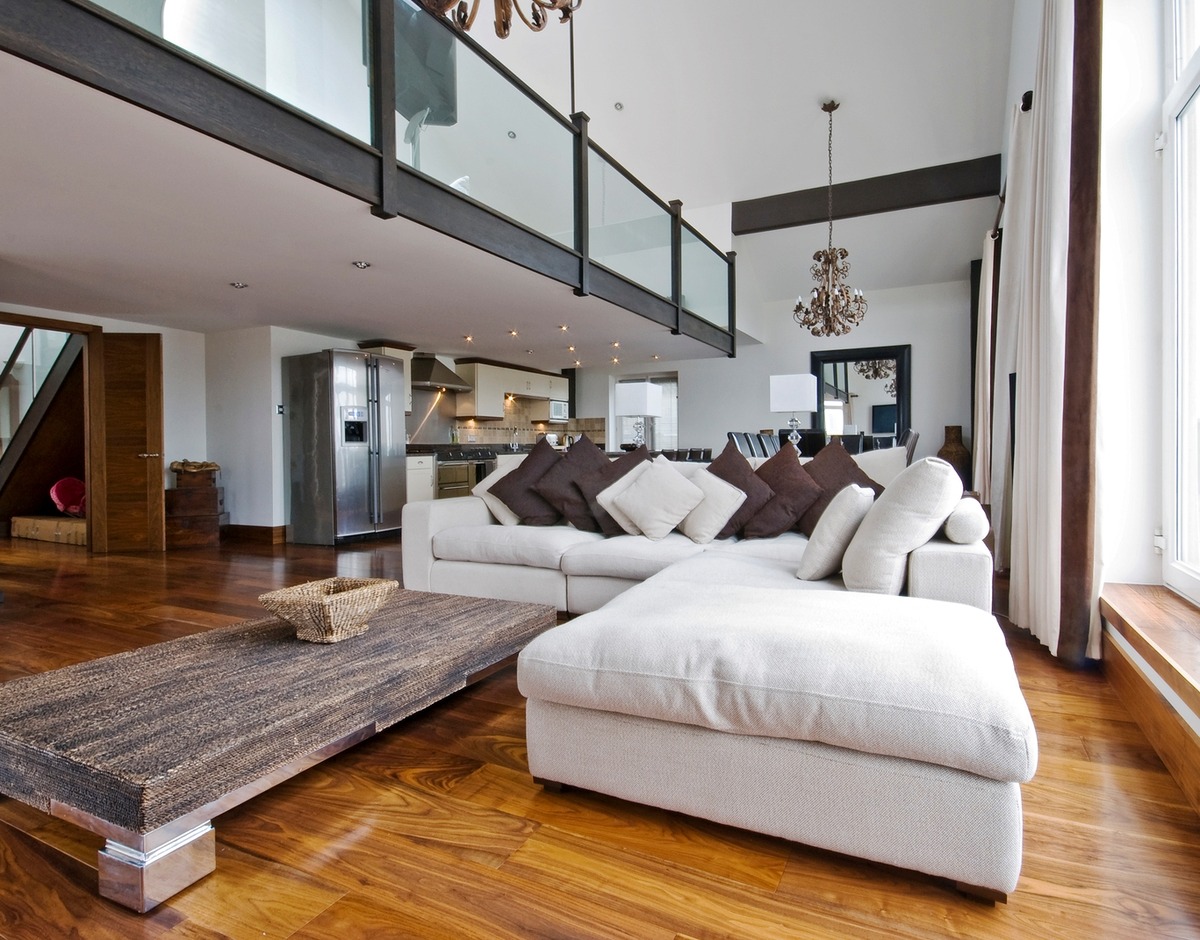
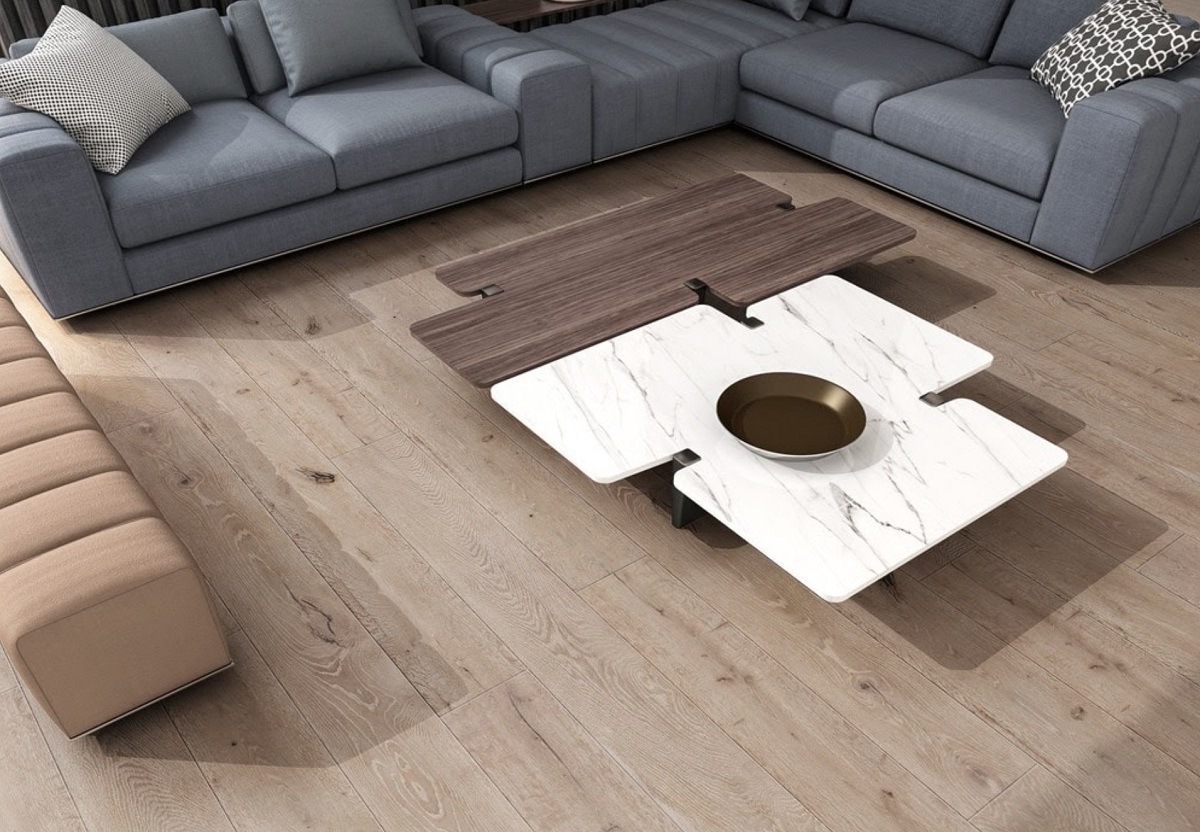
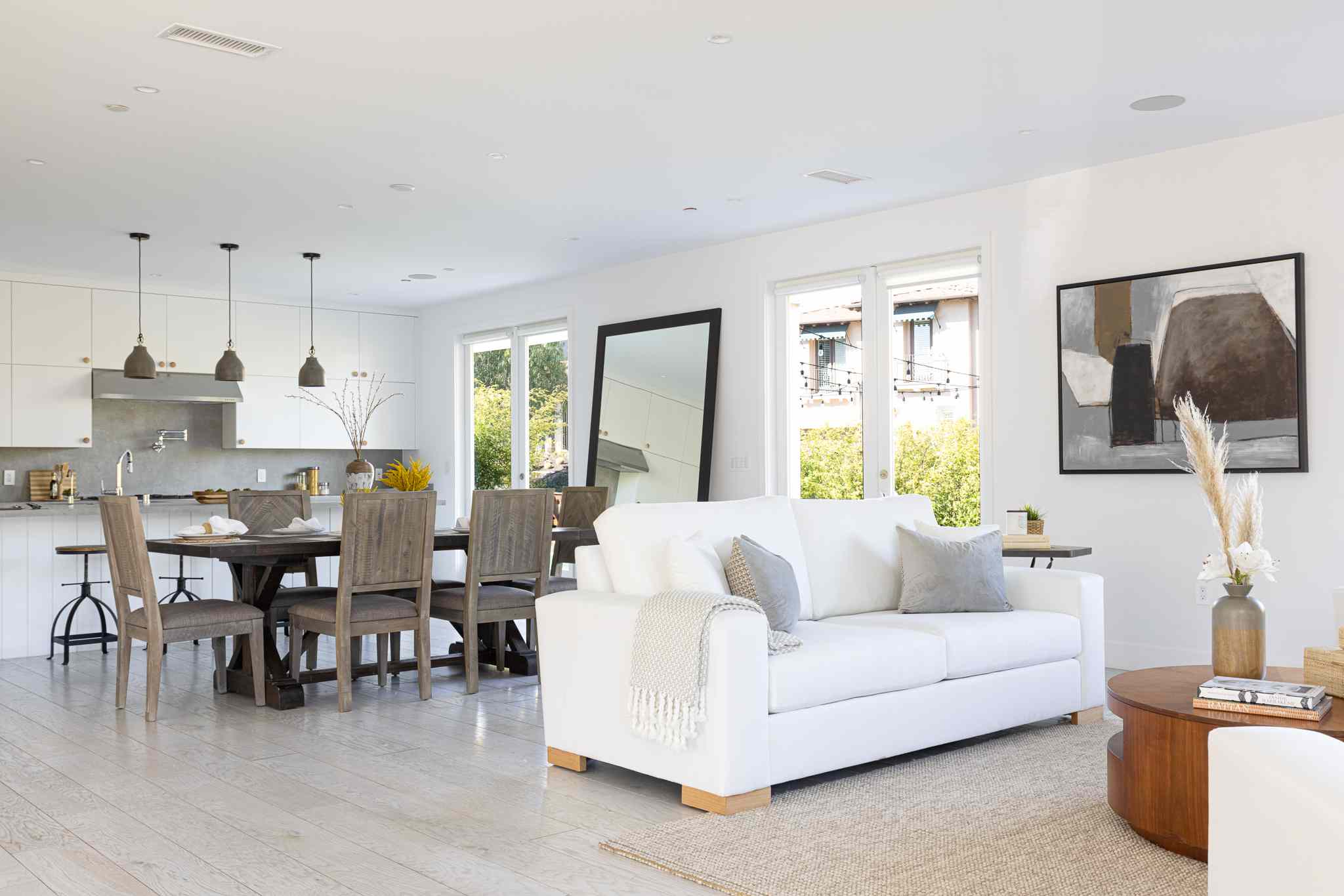
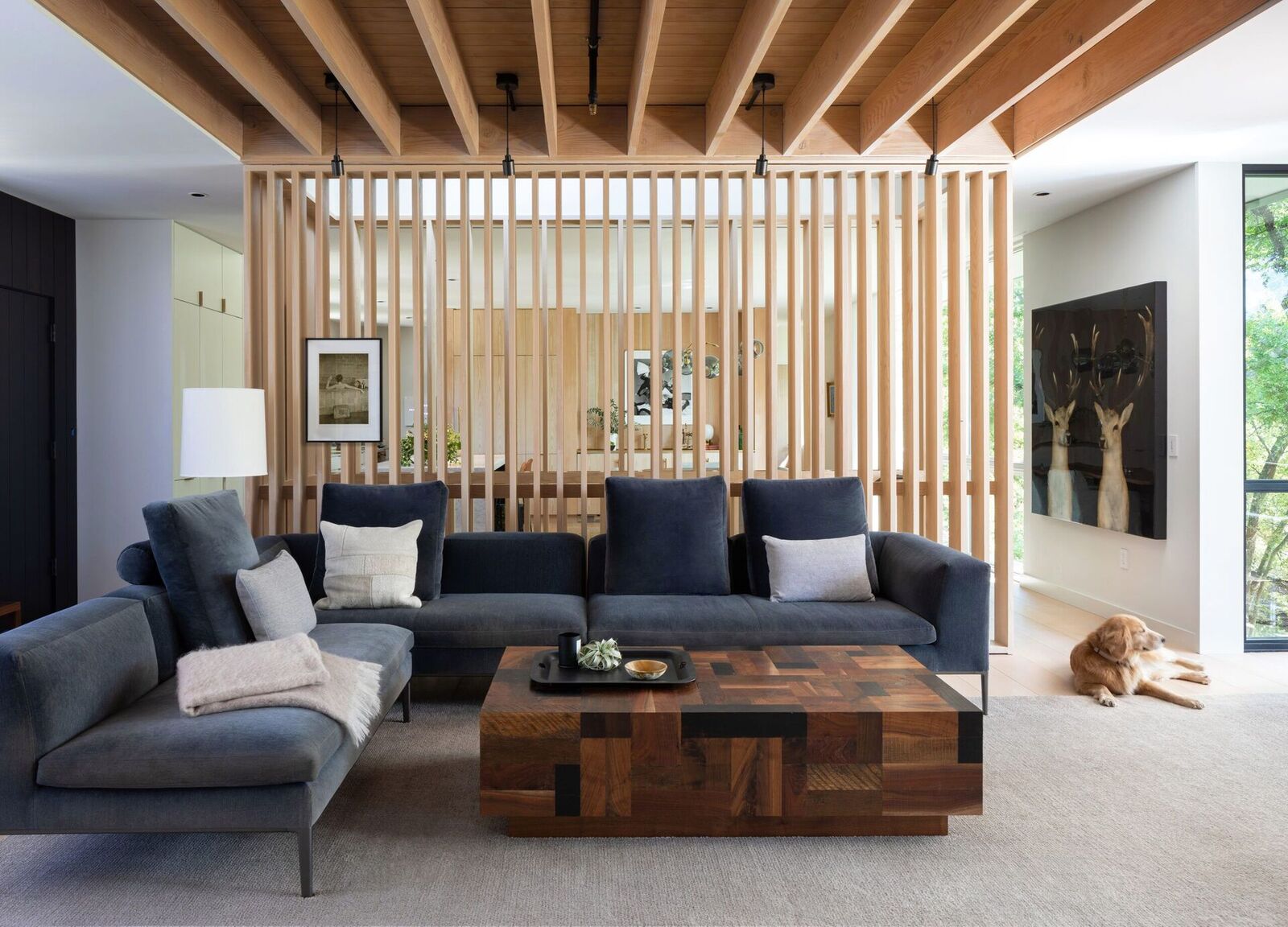
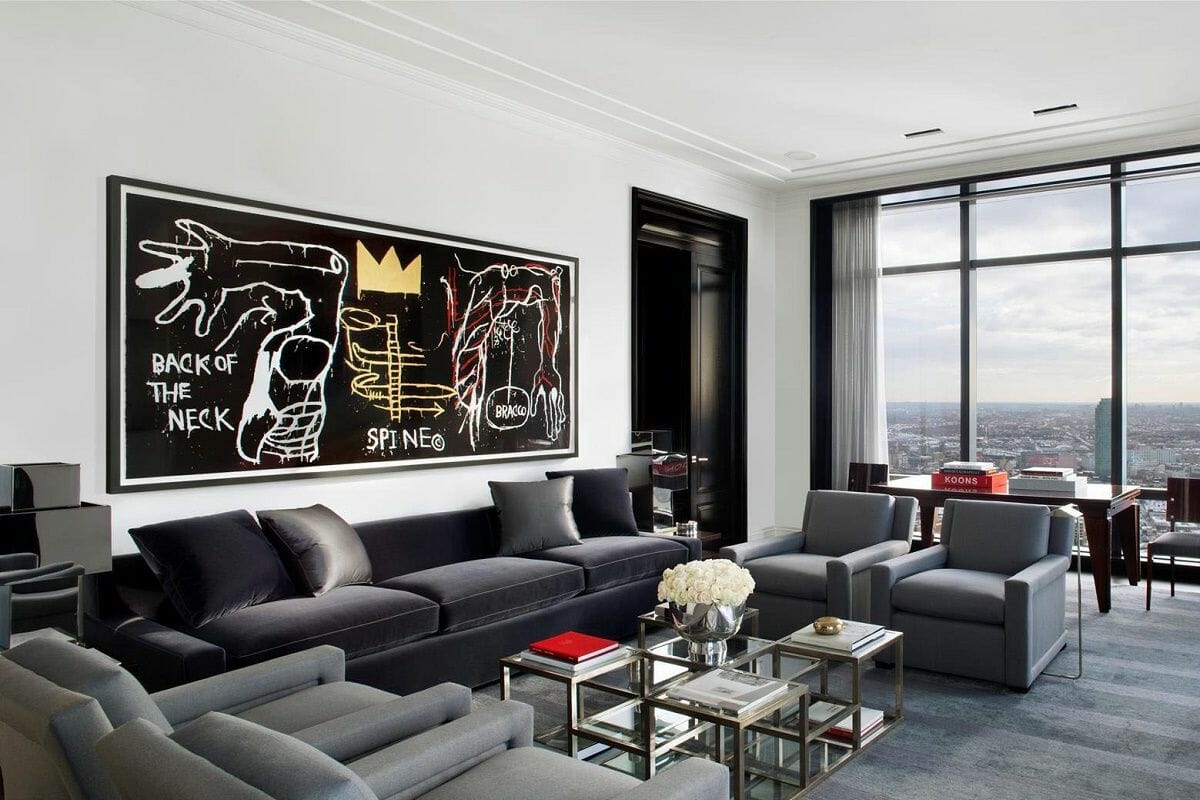
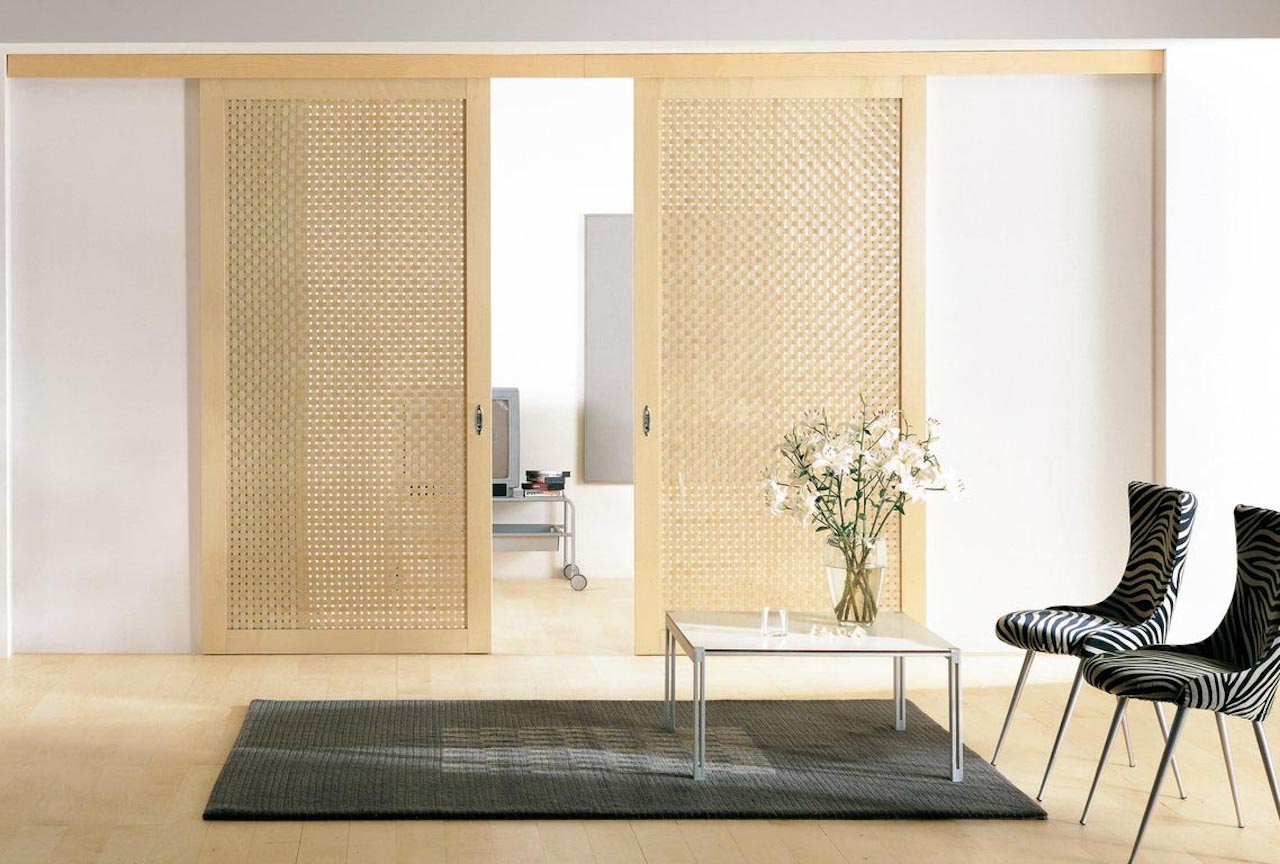
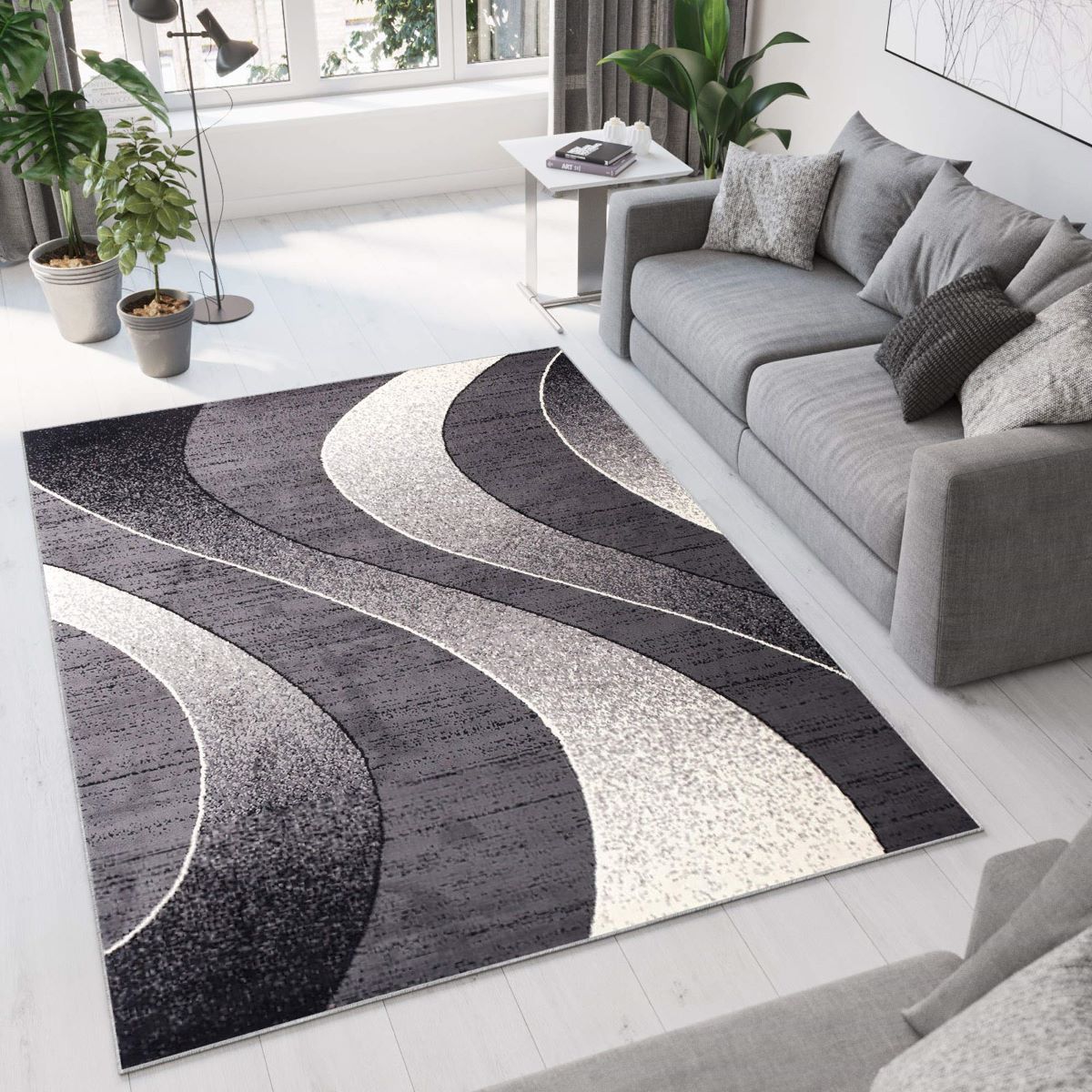
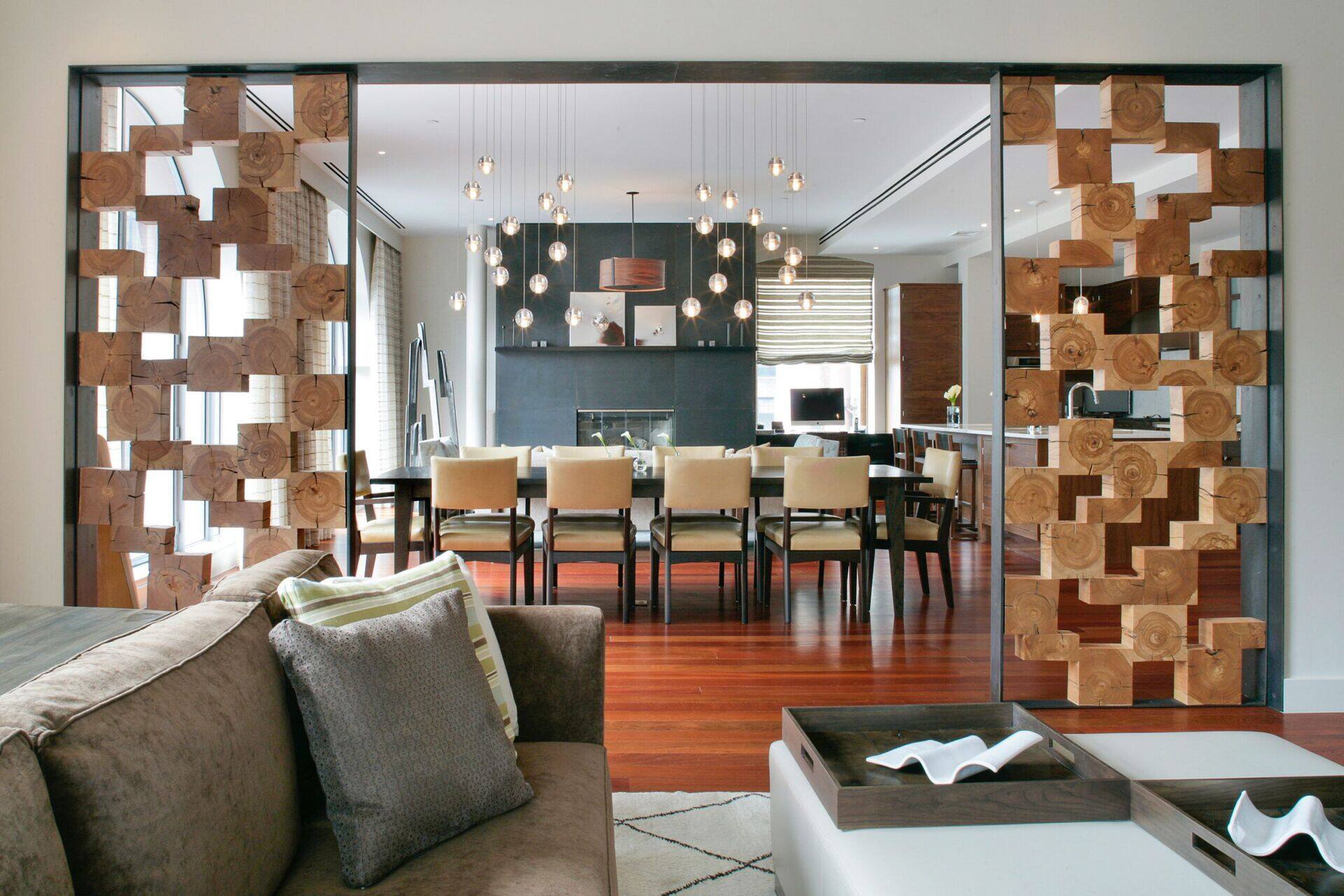
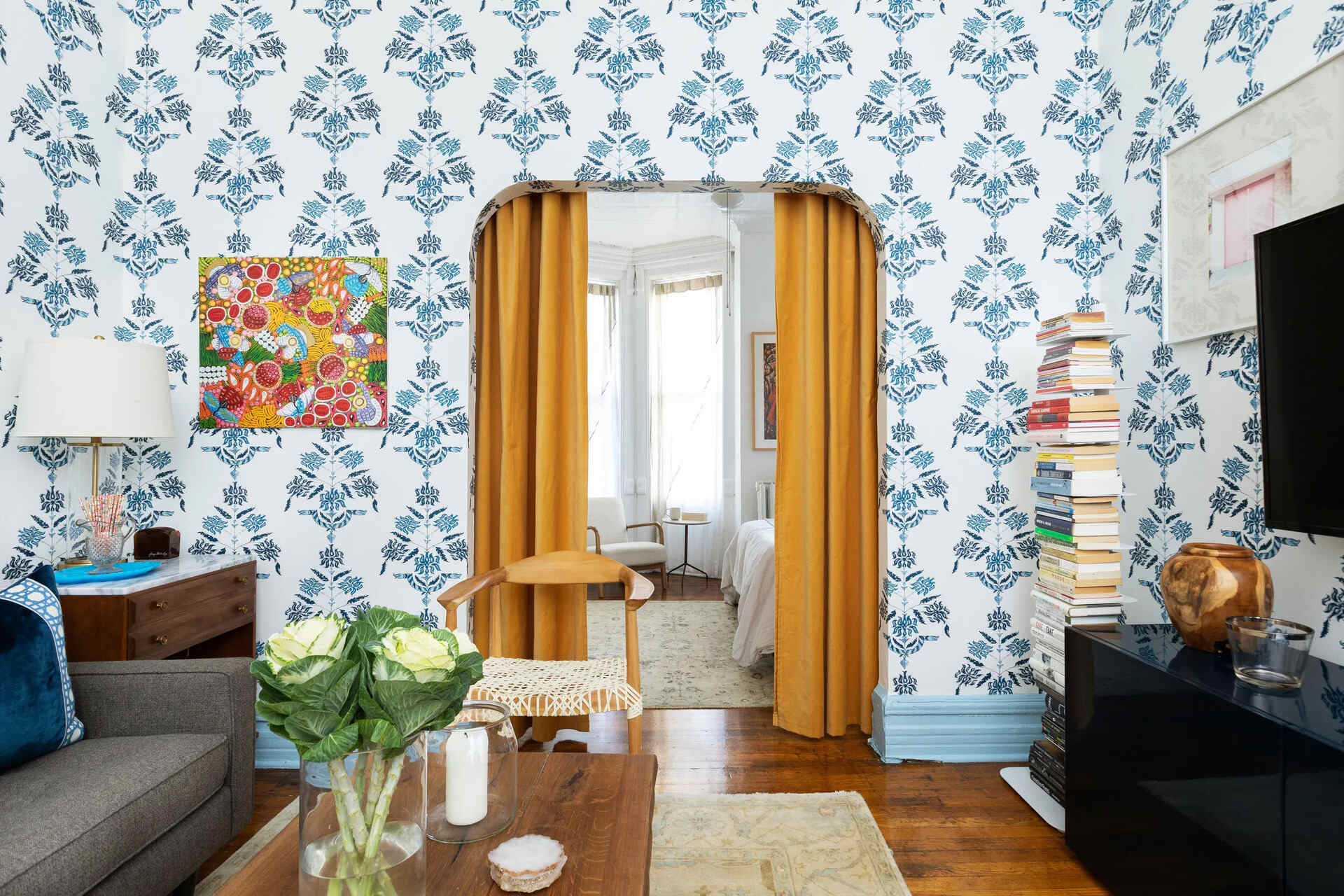
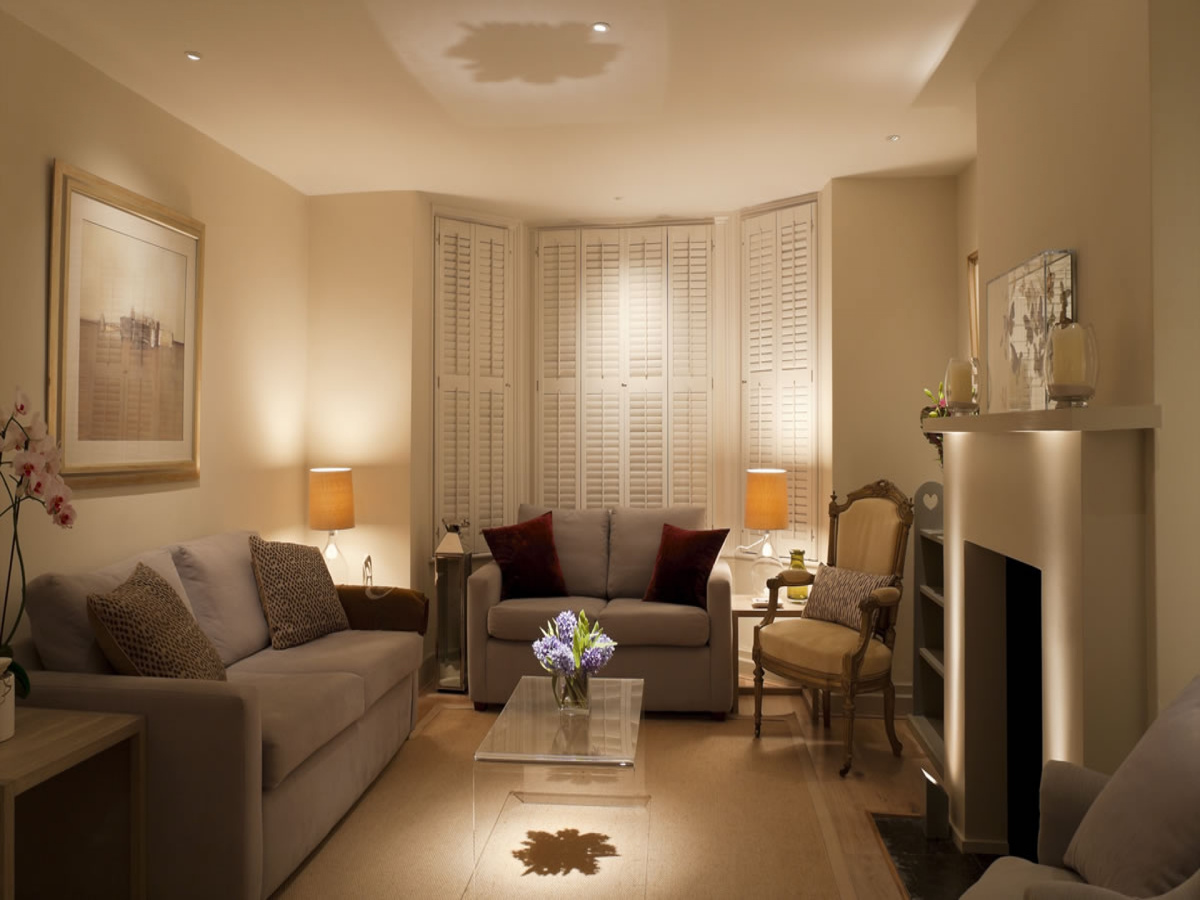
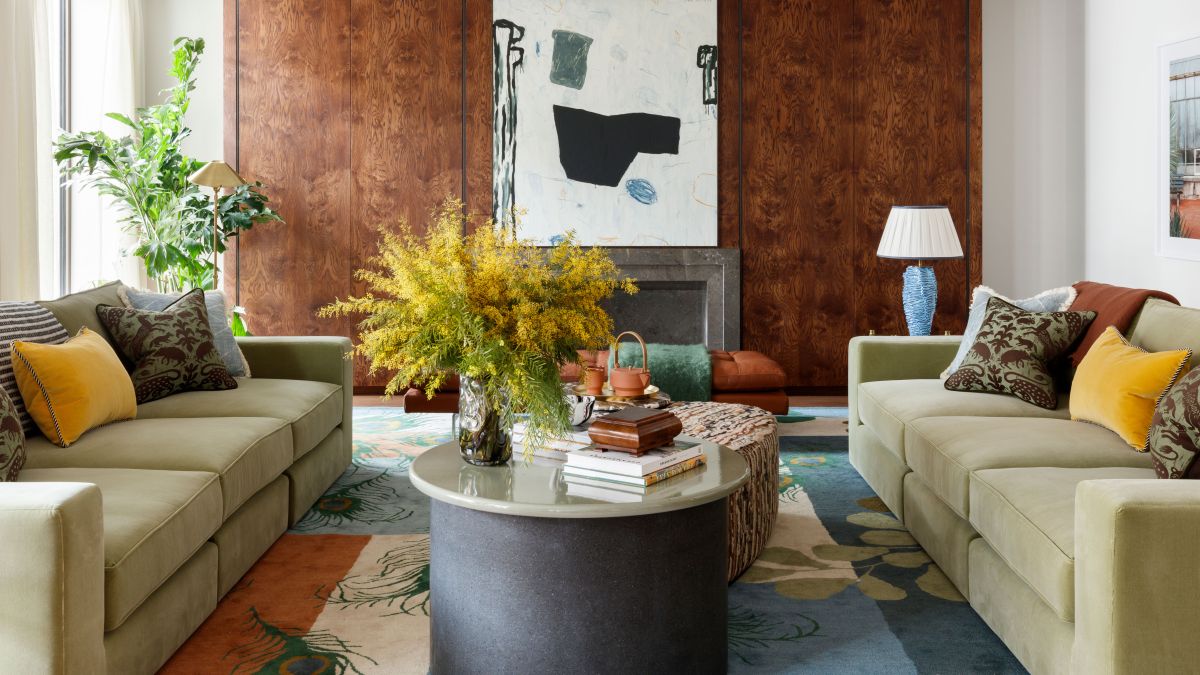

0 thoughts on “Broken Plan Living Room Ideas: 15 Practical, Sub-divided Spaces”